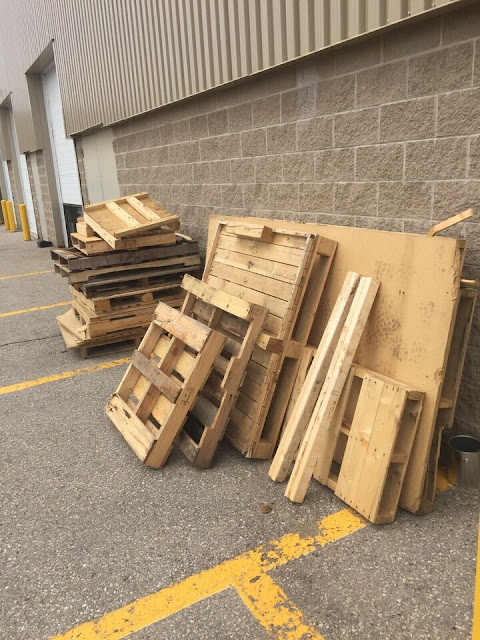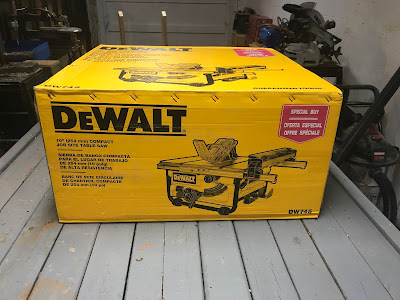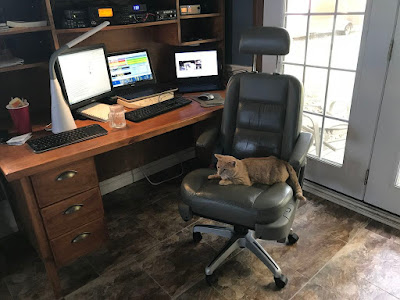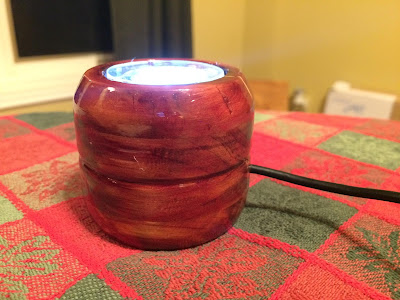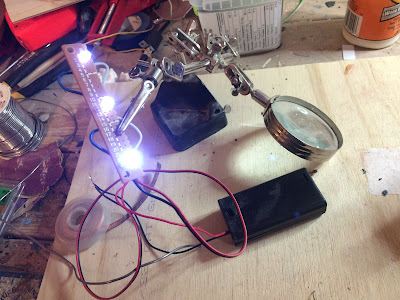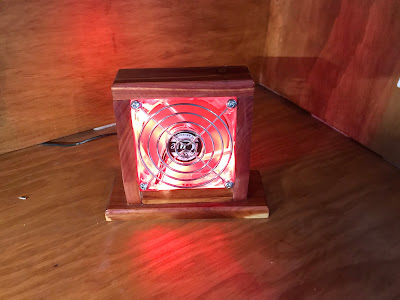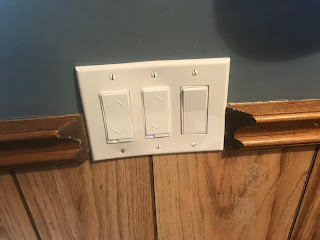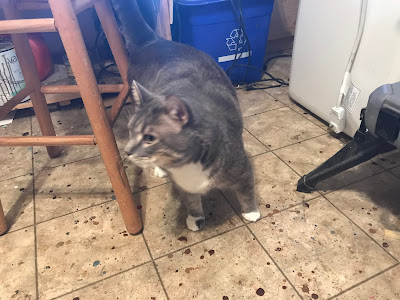Recently I wanted to try my hand at turning some bowls on my lathe using some hardwood scrap pieces that I had leftover from other projects. I wanted to create the bowls that had an alternating layer of different wood types in order to give the bowl an interesting appearance.
With my first couple of bowls, I created the bowl blank by layering the wood pieces on top of each other and clamping everything together as tightly as possible with standard wood clamps.
On the whole, everything glued together so I had a relatively solid piece of wood to work with,
However, I did find that I sometimes got fine little gaps between the glued layers. The downside of this was that when I turned the bowl, I would sometimes see daylight shining through those gaps in the bowl's side.
While it is something that the typical person would likely not notice, and I could "cheat" by using wax to finish the bowl (the wax would fill in the gap), I really wanted to be proud of my projects, and seeing a flaw, no matter how minor, always seems to bug me.
I think the issue with the gaps is that no matter how hard I clamp the wood, I do not seem to be able to apply consistent pressure along the entire surface of the piece that I was gluing together.












